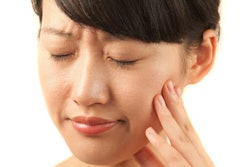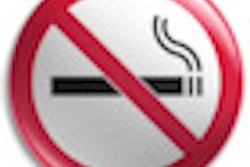
Echoing conditions in the U.S., two reports released today by the Australian Institute of Health and Welfare (AIHW) reveal some alarming trends in the oral health of Australian children, particularly those in the lowest socioeconomic areas.
Across all states and territories that were included in the analysis, the average number of decayed, missing, and filled deciduous teeth of children from those areas was roughly 70% higher than those from the highest socioeconomic status areas, according to the first report, "Dental decay among Australian children."
"Of children aged 5 to 6 years in Western Australia, dental decay was 22% higher for children in the lowest socioeconomic areas than for those in the highest socioeconomic areas, while in the Northern Territory the difference was much greater: 139%," stated AIHW spokesperson Kaye Roberts-Thomson in a press release.
New South Wales and Victoria were not included in the report as data were unavailable.
“More than 40% of Australian children aged 5-6 years had untreated decay.”
— Kaye Roberts-Thomson, Australian
Institute of Health and Welfare
Among all children ages 5 to 6 years, 48.7% had a history of dental decay in the deciduous teeth and the average number of decayed, missing, and filled teeth was 2. Of children who were 12 years old, 45.1% had a history of dental decay in the permanent teeth and the average number of decayed, missing, and filled teeth was 1.1.
Untreated dental caries is another significant issue, the AIHW noted.
"More than 40% of Australian children aged 5-6 years had untreated decay, and a quarter of Australian children aged 12 years had untreated decay," Roberts-Thomson said.
The proportion of children ages 5 to 6 years with untreated caries varied among states and territories from 29.3% in the Australian Capital Territory to 49.7% in the Northern Territory. There was no difference in prevalence of decay between boys and girls, according to the AIHW.
Toothbrushing education needed
The second report, "Changes in child toothbrushing over time," found that while toothbrushing is almost universally practiced in Australia, there has been a decline in toothbrushing frequency among children.
Between 1993 and 2000, the proportion of children brushing less than once a day when they began brushing their teeth almost doubled from 8% to 15%. The proportion brushing twice a day decreased from a high of 44% in 1993 to 32% in 2000.
"While slipping rates of toothbrushing frequency reduce the risk of very mild or mild fluorosis, the protective effects of fluoride exposure are lost," the AIHW noted. "The proportion of children brushing with low-fluoride children's toothpaste, as is recommended for children aged 6 years or under, has increased. Most young children now use low-fluoride toothpaste."
However, the inappropriate eating or licking of toothpaste has increased, both when children start brushing and at age 5, according to the AIHW.
"This is an established risk factor for dental fluorosis with no benefit in preventing dental caries," the agency concluded.



















